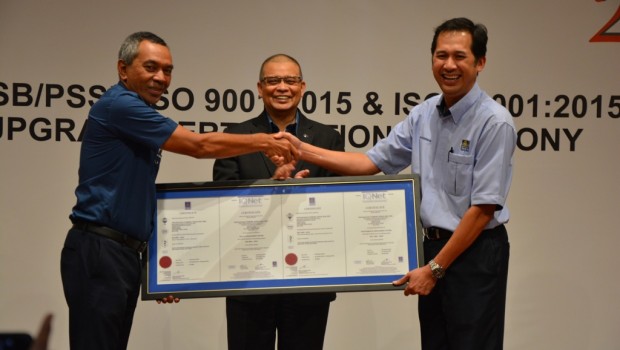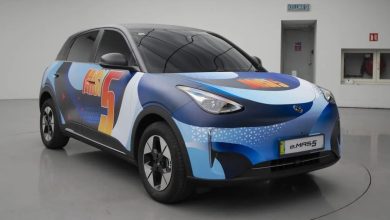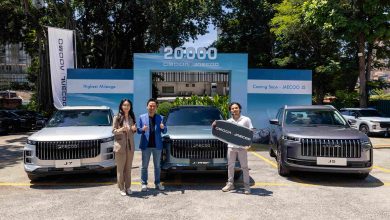AutomotiveNews
பெரடோவா மேலும் வாடிக்கையாளர் மனநிறைவு, சமீபத்திய ஐ.எஸ்.ஓ.

“எமது வியாபார கூட்டாளர்களையும் சப்ளையர்களையும் ஐ.எஸ்.ஓ. தரத்தின்படி தேவைப்படும் பச்சை நடைமுறைகளுக்கு இணங்குவதை உறுதி செய்வோம், சுற்றுச்சூழல்-நட்பு வழிகளில் பொருட்களை உறிஞ்சுவது உட்பட,” என்று அவர் கூறினார்.
வாடிக்கையாளர் திருப்தி மற்றும் சுற்றுச்சூழல் நிர்வாகத்தை புதிய உயரத்திற்கு எடுத்துக்கொள்வதோடு மட்டுமின்றி, பெரோடுவாவின் உள் செயலாக்கங்கள் மற்றும் தகவல்தொடர்புகள், வாடிக்கையாளர் விநியோகங்கள் ஆகியவற்றிற்கும் மேம்படுத்துவதற்கு ஐ.எஸ்.ஏ நடைமுறைகளும் வழிவகுத்தன.
1987 ஆம் ஆண்டில் முதன்முதலில் அறிமுகப்படுத்தப்பட்டது, ISO 9001 ஆனது உலகின் மிகவும் பரவலாகப் பயன்படுத்தப்படும் தர மேலாண்மை அமைப்புகளில் ஒன்றாகும், சமீபத்திய 2015 திருத்தத்தை ஆபத்து அடிப்படையிலான சிந்தனை உள்ளடக்கிய தேவைகளை விரிவுபடுத்துகிறது.
ISO 14001 1996 இல் பிறந்தார் மற்றும் சுற்றுச்சூழல் மேலாண்மை மற்றும் மாசு தடுப்பு பற்றியது. சமீபத்திய ஐஎஸ்ஓ 14001: 2015 திருத்தம் தலைமை, மூலோபாய திட்டமிடல், செயல்திறன் முயற்சிகள் மற்றும் தகவல்தொடர்பு உத்திகள் பற்றிய கூடுதல் முக்கியத்துவம் தருகிறது.





